According to a report released in March by the Platinum Guild International, platinum was instrumental in leading the jewellery industry recovery across key markets last year across the US, India, China and Japan. The report claimed that the metal’s uniquely differentiating qualities, potential for higher margins and its ability to drive incremental sales and profits have made it a value generator for manufacturers and retailers. Here we spoke to three major Australian brands involved in platinum jewellery to see how successful the metal has been for them and why.
Platinum brings positive returns amid business restrictions
David Michael Jewels are a Gold Coast based jeweller run by twin brothers David and Michael Robinson, and David said their business has traded steadily over the course of the pandemic, but restrictions have inhibited their ability to travel to their primary market in New York, and also to hold special events.
“Our Gallery stockist has been locked down for long periods of time and Sothebys have mainly traded online which has taken some adapting,” he said.
“We have had a number of private commissions that have featured platinum in personal creative pieces which has been rewarding for all involved and kept us very busy at the same time.”
He said platinum always added value to any piece as it is such a key component when working with luxurious gems and investing hundreds of hours of labour.
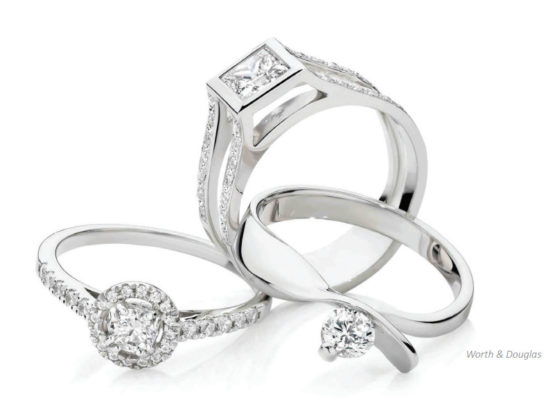
Worth & Douglas is one of Australasia’s leading wedding ring manufacturers based in Victoria and Auckland, and despite having an unpredictable business environment, Business Development Manager Chris Worth said they had seen an increased demand for platinum over 2021.
Why consumers and retailers choose platinum
As mentioned in the introduction, platinum’s unique qualities and affordable price point are some of the primary reasons why customers buy platinum pieces and why retailers stock them. Chris attests to this, stating that platinum has a favourable price compared to 18ct white gold, in addition to the added benefits and qualities it has to offer.
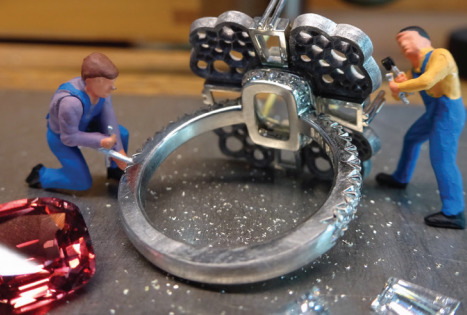
David was frank in admitting that they don’t usually give clients a choice: that if they want a David Michael Jewels piece, and they want it to feature a white metal, then it will be platinum, as the company does not work in white gold.
“(Platinum is) an honest metal, it does not pretend to be white, it IS white, it is beautifully workable, it aids the creative process and delivers functionality as well as durability,” he said. He also described platinum as a spectacular metal that really affords his team the best medium to add to the palette of creativity that embodies a David Michael Jewels piece.
“It also future-proofs that jewel through durability and honesty in its colour and hopefully gives enduring life to a piece not just for the original purchasers but for future generations.”
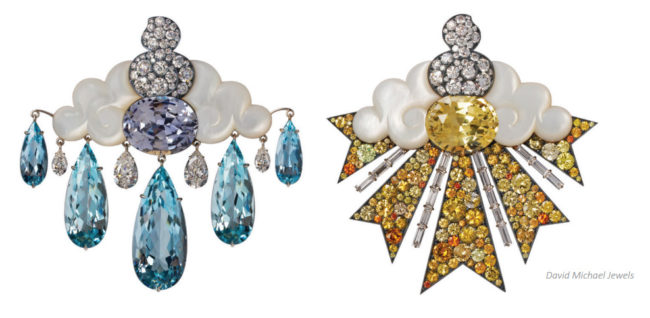
A future platinum shortage?
Platinum is 30 times rarer than gold and mined primarily in South Africa where 80 percent of the world’s platinum is mined. Combined with platinum’s increased popularity, it’s not inconceivable to envision a future in which platinum becomes a highly scarce commodity.
David said that the events of the past 18 months has taught them to cope with where they are both in life and in business, and as such, it makes it difficult to plan for the future. However, he believes it would be a wise decision to have a ‘stash’ of platinum stored at the back of the vault.
Chris believes future shortages will cause prices to soar, but before that, he believes we’ll see recycling of platinum and other precious metals increase, and consumers look to other alternatives.
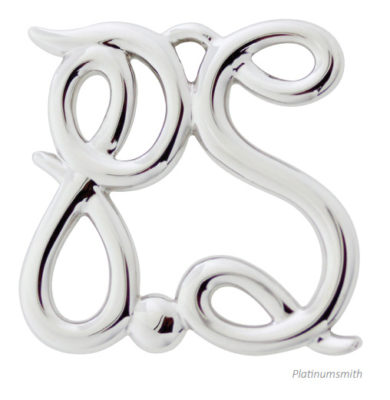
Dethroning white gold as the top white precious metal
White gold continues to dominate the precious jewellery market especially in engagement and wedding jewellery. This is despite the fact that white gold requires regular rhodium plating to maintain its appearance, whereas platinum does not, and platinum shanks tend to not wear thin, and the prongs tend to not need re-tipping, whereas those in gold do.
David said that unfortunately until the jewellery industry as whole has a better understanding of the benefits of platinum over white gold then white gold’s dominance will continue to be a problem. “Education of frontline staff is often not great in this area and a lot more can be done to improve this,” he said.
Platinumsmith is a specialist platinum jeweller from Melbourne run by Phillip Schmidt, and he agreed that platinum is a superior metal, but that a lot depends on the white gold alloy you compare it with. “It’s (platinum) harder to mass produce,” he said. “For handmade pieces it requires more time and a few extra skills that most bench workers don’t have… (however) it is easier to reach high quality results with platinum.”
Chris said that some strong selling points for platinum over white gold are that it’s a luxury metal, pure at 95 percent, rare, and low maintenance.
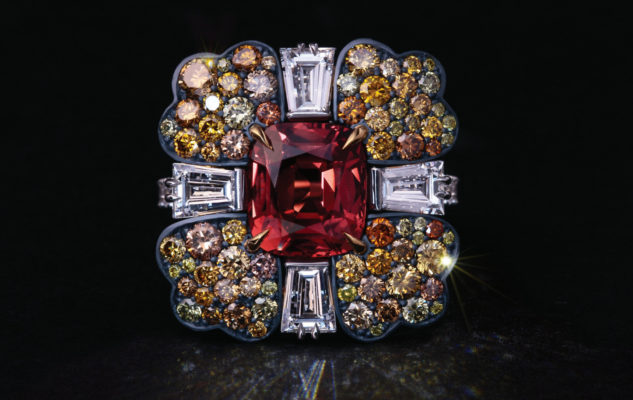
Plotting platinum’s path into the future
Phillip remained realistic in his assessment of platinum’s future. He’s found the casting alloys he’s worked with recently no more desirable than white gold, which he thinks is a sign of what will replace gold, if things go that way.
“That is, too few handmade jewellers exist, and our manufacturing processes are only capable of small numbers compared to the regular mass-produced market,” he said. “I don’t see a notable marketing push for handmade platinum jewellery on the horizon.”
Conversely, Chris said that platinum will always be a popular choice sought after by those who are aware of its qualities, and will remain a metal that Worth & Douglas can offer to their customer.